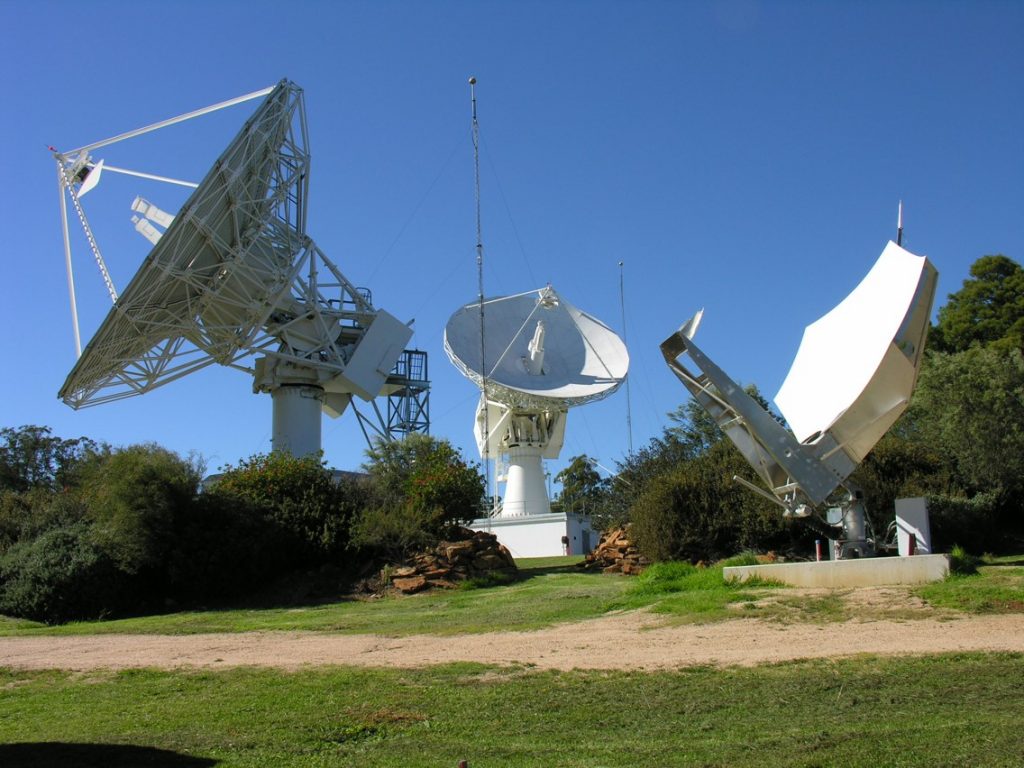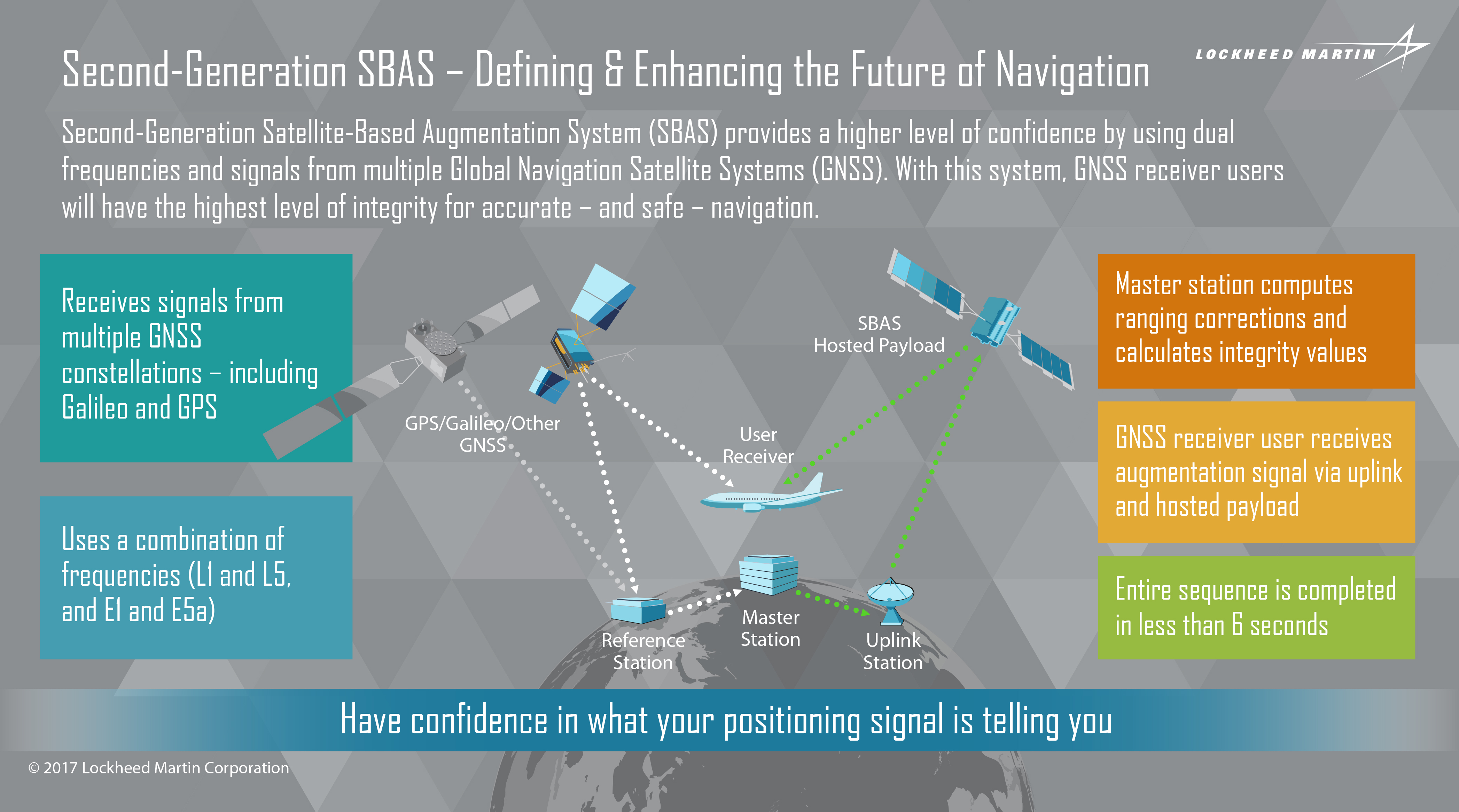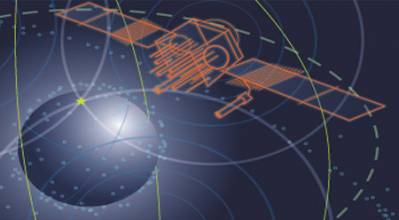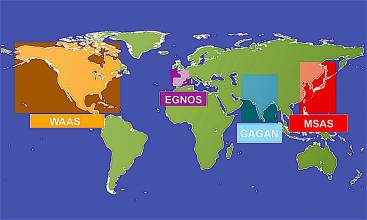The latest satellite-based augmentation system (SBAS) project update from Lockheed Martin and GMV is designed to collect data near the equatorial region and determine benefits delivered by the dual-frequency, multi-constellation SBAS.
Lockheed Martin one year ago announced that Geoscience Australia, an agency of the Commonwealth of Australia, had entered into a collaborative research project to show how augmenting signals from multiple GNSS constellations can enhance positioning, navigation, and timing for a range of applications. Now comes word that the newest project involves Thailand and the research is geared toward dealing with scintillation effects, a well-known cause for concern with signals common with the equatorial area.
Bob Jackson, Global SBAS Project Lead with Lockheed Martin, told Inside GNSS on Wednesday that Lockheed and GMV are working with Chulalongkorn University in Bangkok, Thailand to collect data on how ionospheric disturbance affects GNSS signals.
“As we speak almost, they will begin installing a monitoring station in Bangkok that will be listening to the broadcast from the Inmarsat satellite,” Jackson explained. “The monitoring station is configured with specialized receivers to not only receive and process the SBAS signal but also to detect scintillation. We’ve known for several decades that scintillation is particularly an issue in the equatorial region. It can affect the ability of a receiver to receive a signal from either a GPS satellite or Galileo as well as the SBAS signal.”
By installing the monitoring station in Bangkok, Lockheed can collect data on the performance of dual-frequency, multi-constellation SBAS in the equatorial region. Lockheed Martin is collaborating on the project with Chalermchon Satirapod, Ph.D., professor & head, Department of Survey Engineering, Faculty of Engineering at Chulalongkorn University.
The two-year project with Geoscience Australia announced last year is aimed at demonstrating how a second-generation SBAS testbed can – for the first time – use signals from both the GPS and the Galileo constellations, and dual frequencies, to achieve even greater GNSS integrity and accuracy. The testbed is validating applications in industry sectors such as agriculture, aviation, construction, maritime, mining, rail, road, spatial, and utilities.

“We’ve been quite pleased with some of the projects so far,” Jackson said of the program, which began broadcasting a signal from its station on Uralla last year. “We started broadcasting the first dual-frequency, multi-constellation signal, using both GPS and Galileo.
What’s also unique about the signal we’re broadcasting is it’s embedded into both the L1 and the L5 broadcast SBAS system, with precise point positioning data…it’s allowed the properly equipped user to achieve an accuracy in the single digit centimeter range.”
Related Reading: Lockheed Martin’s Second-Generation SBAS Testbed Achieves Another Milestone
The signal has been broadcasting now for a year and the Australians and New Zealanders have been working with an organization called Frontier SI to run demonstration projects.
“They have gotten very good response from Australian and New Zealand industry for the demonstration applications across 10 different industrial sectors,” he said. “They’ve probably worked with in excess of 30 different universities, agencies and research groups for all the different applications, from civil aviation, to construction, maritime, autonomous vehicles, even medical. Those demonstrations have been going on in New Zealand and Australia and in parallel with that, Lockheed Martin has been engaged with interested stakeholders in Thailand.”
The researchers hope to use the collected data from this newest project on the performance of dual-frequency, multi-constellation SBAS in the equatorial region to showcase its benefits and to confirm that GNSS receiver users experience the highest level of integrity for accurate and safe navigation.
“We believe that dual-frequency SBAS offers the very real potential to satisfy the original requirements established for supporting precision approach, everywhere in the globe, including the equatorial region. And we now are going to start collecting the data to assess that that’s the case,” Jackson said.
Lockheed Martin believes that the dual-frequency, multi-constellation SBAS will do two things to address the effects of the ionosphere in the equatorial region. First, by using two frequencies the user receiver in an aircraft can now make its own ionospheric corrections. This simplifies matters by transferring that ionospheric processing to the user receiver, but it also more importantly, dramatically improves the ability for the end user to characterize the ionospheric disturbance and take out its position solution with very high confidence, according to Jackson.
“So that is the big step forward between L1 SBAS and multi-frequency SBAS,” he added. “You’ll be able to do some precision approaches with very high availability every place on the earth.”
Another benefit from dual-frequency SBAS comes from the multi-constellation aspect of it, as the system basically doubles the number of GNSS satellites that are providing ranging signals to the user. “So, even if a particular GNSS satellite’s signal is affected by scintillation, it’s our belief and analysis that there will be a sufficient number of GNSS satellites that the user receiver will be able to continue functioning without degradation of service,” Jackson stated. “Scintillation tends to be localized by its nature. So scintillation may affect one or two or a few satellites, but because you have now doubled the number of satellites the receiver can acquire, you are not as sensitive to the loss of a particular satellite due to scintillation. That’s the big advantage in the equatorial region for moving to multi-constellation (SBAS).”
By augmenting signals from multiple GNSS constellations – both Galileo and GPS – second-generation SBAS is not dependent on just one GNSS. It also uses signals on two frequencies – the L1 and L5 GPS signals, and their companion E1 and E5a Galileo signals – to provide integrity data and enhanced accuracy for industries that need it the most.
While Lockheed Martin provides systems integration expertise in addition to the Uralla radio frequency uplink, GMV (Spain) provides their “magicGNSS” processors, and Inmarsat supplies the navigation payload hosted on the 4F1 geostationary satellite.
Jackson believes this latest project out of Thailand will further prove the value of this second-gen SBAS technology.
“Bringing Thailand into the project we think is a big step forward in changing the business model that through which SBAS has been delivered,” he said. “We think it’s now possible to move to a globally integrated SBAS that draws data from continuous monitoring from GPS and Galileo and it moves this really into a truly international basis
Lockheed Martin will be exhibiting at the ION GNSS+ conference next week in Miami along with GMV and Inside GNSS. Attendees can learn more by visiting these booths: Lockheed Martin (Booth D) ; GMV (#216) and Inside GNSS (#611).






